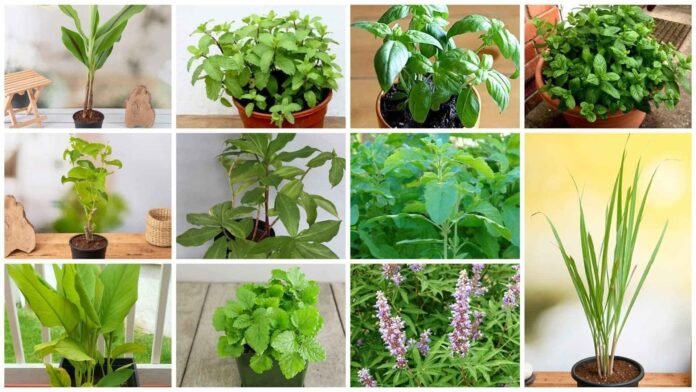Our greenery enthusiasts will confirm that there are herbs for every illness in the world. Nature has bestowed upon us its grace through an endless array of plant species that keep us healthy and alive. Moreover, the ease of gardening in our backyards, balconies, and terraces has opened up several doors to encourage growing medicinal plants nearby. In this article, we discuss the best 10 medicinal plants and their uses with pictures you should keep in mind if you’re interested in natural healing.
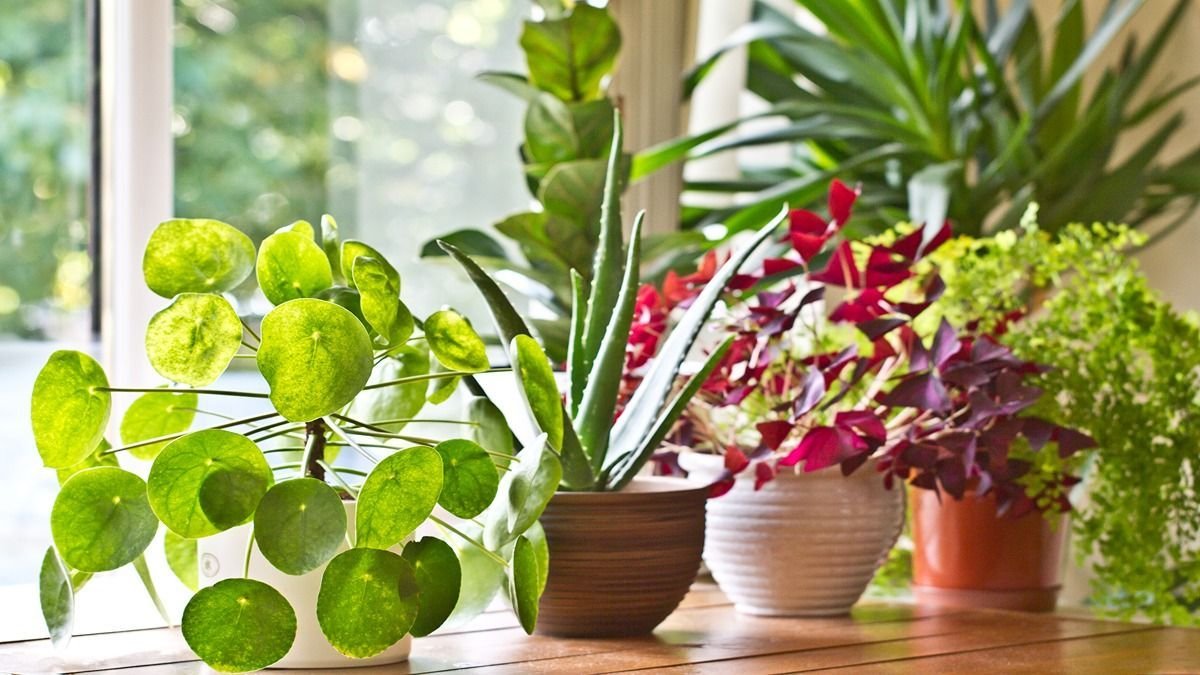
Table of Contents
What is Medicinal Plants?
As medicinal plants are naturally available, they have no or minimal side effects and can be eaten by everyone, irrespective of age and sex. Ayurveda, Siddha, and Unani traditions have become popular worldwide by making use of these medicinal plants since centuries ago.
The home remedies in our homes are aloe, tulsi, ginger, turmeric, etc. They give instant relief and treat everyday ailments. They are home remedies in most parts of the nation as they carry medicinal plants for the cure of diarrhea, constipation, hypertension, low sperm count, dysentery, weak penile erection, coated tongue, menstrual disorders, and fever.
In order to manufacture drugs for pharmacy, the companies purify secondary metabolites from medicinal plants. Therefore, medicinal plants are suggested due to their therapeutic properties. Some examples are ginger, green tea, aloe, pepper, and turmeric. Besides medicinal purposes, herbs are also applied in dyeing, pest control, food, perfume, tea, and numerous other applications. Now that we understand what medicinal plants are and their advantages, let us focus on the top medicinal plants and their applications.
10 medicinal plants and their uses with pictures
- Tulsi or the Holy Basil Plant
Rama, Krishna, Vana, and Kapoor Tulsi are the four varieties of tulsi as mentioned in Ayurvedic scriptures. This medicinal plant, which is also known as the “queen of plants,” is widely valued for its extraordinary medicinal properties. This is usually taken in the form of herbal tea and is present in most herbal cosmetics in the form of Karpoora Tulsi oil. Its antiseptic nature makes it a great weapon against germs and insects. Rama Tulsi, in particular, is found to be effective in curing severe acute respiratory syndrome. Other advantages are the relief from cough, fever, bronchitis, cold, and ear infections using tulsi leaf juice and oil.

It has also been traditionally used to treat symptoms of diseases like malaria, cholera, hysteria, headache, insomnia, indigestion, and others. Indeed, millions of individuals take fresh tulsi leaves every day. In addition to this, use of tulsi beads is known to have some therapeutic and bodily benefits. Ploynomial name Holy Basil or the medicinal herb, Tulsi is a member of every home in India right from ancient days for its role in curing sicknesses like increased cholesterol and blood pressure levels, asthma, sinus
Benefits
- In Ayurvedic and Siddha medicine, tulsi is used to treat illnesses.
- Mixing dried leaves with stored grains has been used for generations to kill insects.
2. Aloe vera plant
Aloe vera, one of the most popular medicinal plants known for centuries, has become a favorite among shrubs in contemporary society due to its enormous number of beauty advantages. Not only can aloe vera treat wrinkles, hydrate dry skin, cure Eczema, stimulate hair growth, and fight acne, but also it is now one of the main ingredients in products such as hair gel and face wash. Furthermore, its antioxidant and antimicrobial characteristics have been found effective in constipation treatment, body detoxification, and wound healing. Aloe vera is considered to be one of the oldest herbs on earth, and it is usually cultivated at home for ornamental and health reasons.
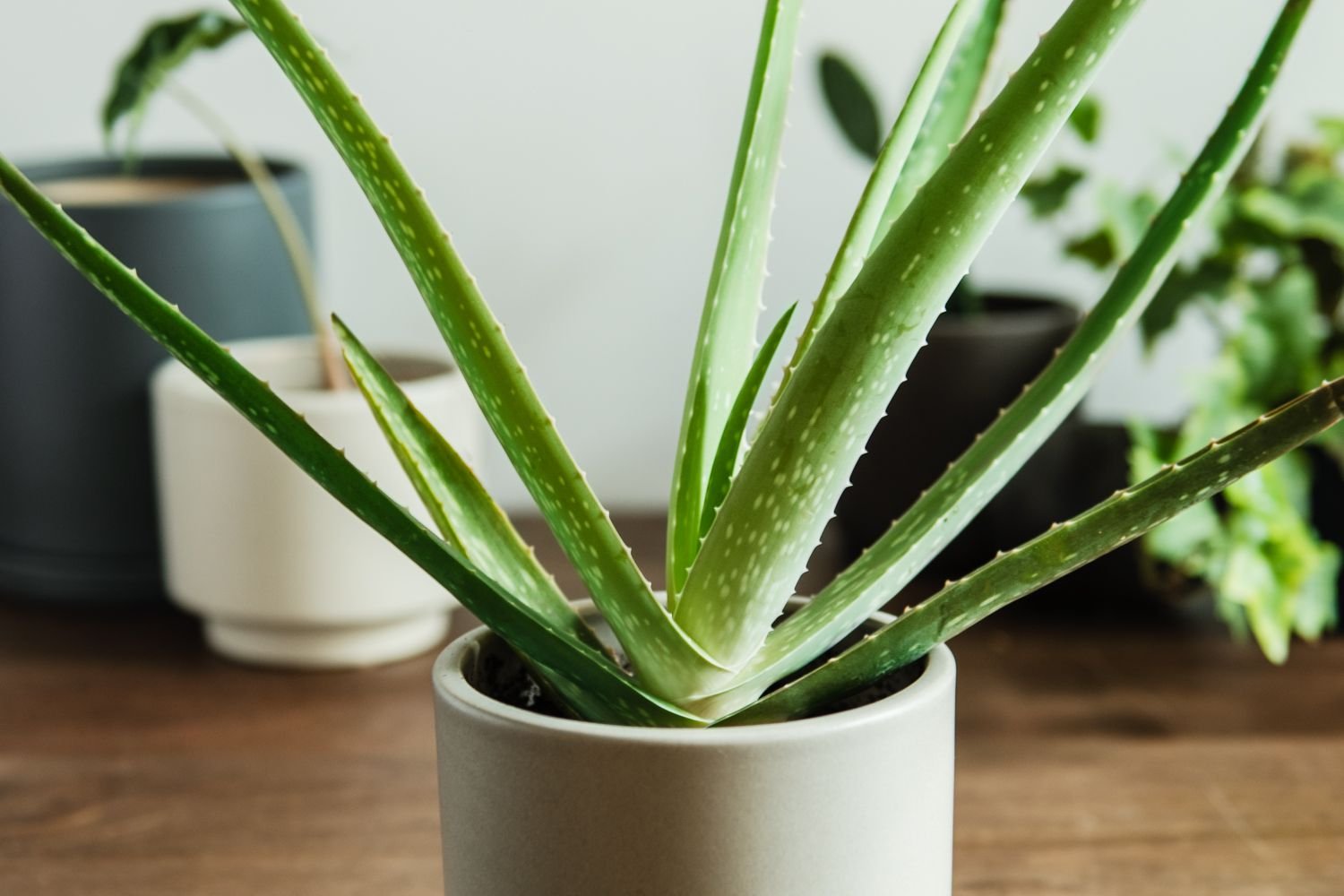
The stems and leaves of this plant have numerous advantages for skin and hair. While some prefer drinking aloe vera juice, others like to apply the gel directly to their skin and hair. Described as a natural skin solution, aloe extract is extremely useful in calming burns, irritations, insect bites, sunburns, cuts and injuries – making your skin look young and rejuvenated.
3. Gotu Kola
Gotu kola, kodavan, Indian pennywort, or Asiatic pennywort is a common tropical plant. It is not only used in traditional medicine but also as a vegetable. It is an incredibly useful herb with many advantages, which include its ability to increase the healing rate of skin and decrease capillary fragility. It is also thought to prevent old age skin by stimulating the formation of lipids and proteins required. Its influence on connective tissue formation is well established.
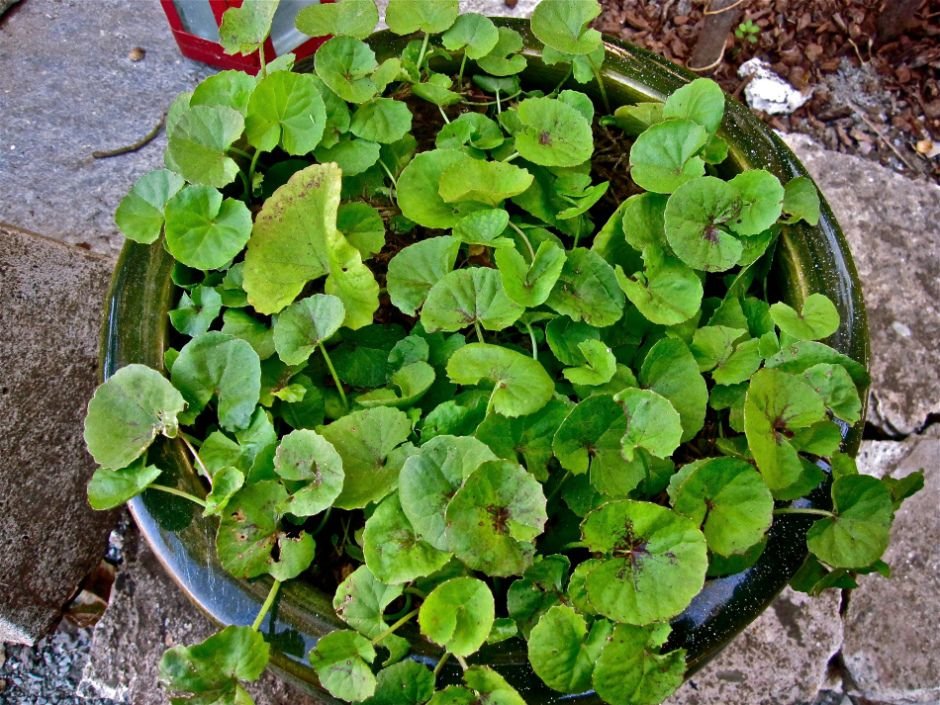
Benefits
- Leprosy may be treated with Gotu kola, which stimulates the nervous system and the brain.
4. Ashwagandha
Similar appearances can be found in various other Withania species. Though widely sold as a dietary supplement and used in herbal remedies, to date, there is not enough information to prove its safety or efficacy in the treatment of any particular disease or condition. Certain benefits of ashwagandha include reduced stress, protection for the nervous system, and many other benefits derived from this ancient plant. This herb boasts a variety of health benefits extending to pregnancy, wound healing, immune system assistance, and so on. It also possesses diuretic properties and may aid with sleep, epilepsy, tumors, pain relief, eye health, heart health, and more.
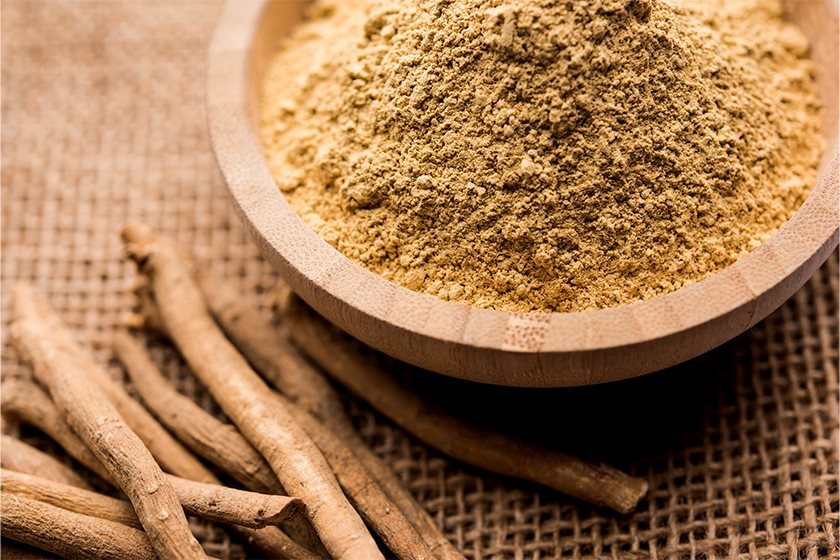
Benefits
- Furthermore, it lowers cholesterol and controls blood sugar levels.
- As a result, anxiety and depression can be reduced, stress can be managed, and cognitive decline caused by brain cell degeneration can be reduced.
5. Lemon Balm
An annual herb in the mint family, lemon balm originated in Iran, Central Asia, and south-central Europe, but has now spread throughout the world. During the summer, it flowers in small, white nectar-filled flowers. The leaves are employed as a flavoring, an herb, and as a tea. Bees are drawn to honey-producing plants. It grows to a height of 1 m. It has lemon-scented leaves that remain on the air. As a decorative and oil-yielding plant (for perfumery), it is cultivated for its oil.
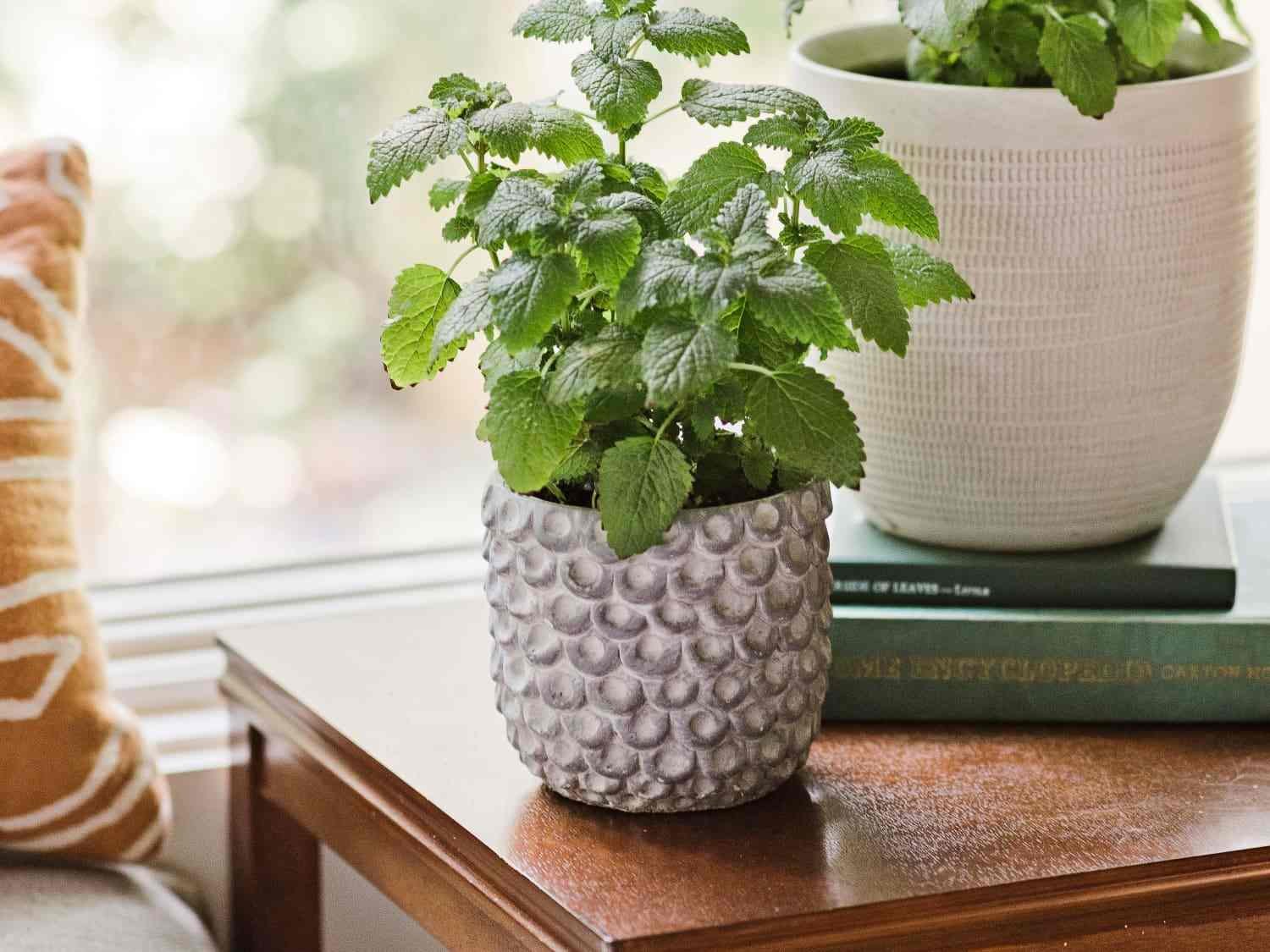
Benefits
- Crushed leaves can be applied to the skin to treat bug bites, herpes, sores, gout, and mosquito bites.
- Mixing the leaves with water is reported to treat colds and fevers.
- In youngsters, it treats headaches, melancholy, hyperthyroidism, moderate sleeplessness, and indigestion caused by nervous pressure.
6. Mint
Archaeological records show peppermint has been used for healing purposes for over ten thousand years, and for this reason alone, it has gained the enviable status of “the world’s oldest medicine.” While it is originally attributed to Europe and the Middle East, it is now grown extensively throughout the entire globe.
But finding its initial species in their natural habitat is a common rare occurrence. It has more than 25 other species of plants with varying uses, but the most commonly used one is peppermint. Peppermint is a storehouse of manganese, vitamin A, and vitamin C. Paste made from leaves of peppermint can be put on the skin to give ease and relaxation to aching muscles. This herbal medicine has been found to not only cure fever but also provide relief from upset stomach and eliminate irritable bowel syndrome symptoms successfully.
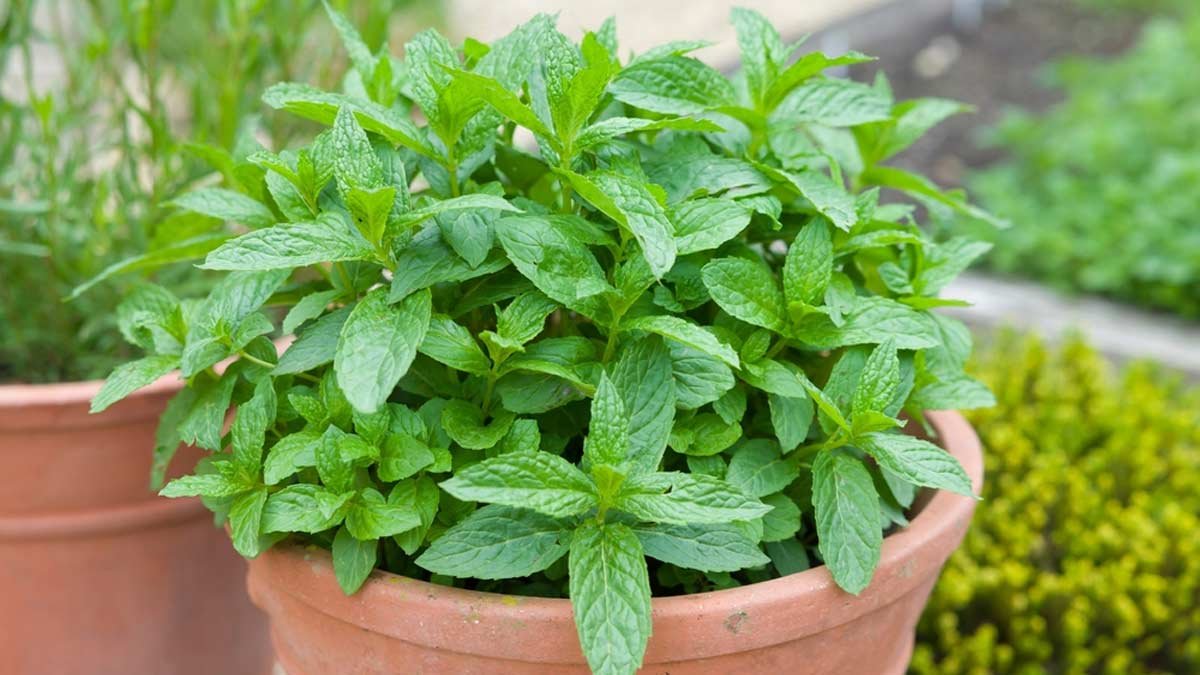
Benefits
- Among its uses are reducing bacterial growth and colon spasms.
- You can use it to flavor toothpaste, chewing gum, alcoholic drinks, candies, ice cream, soaps, and skincare products.
7. Lavender
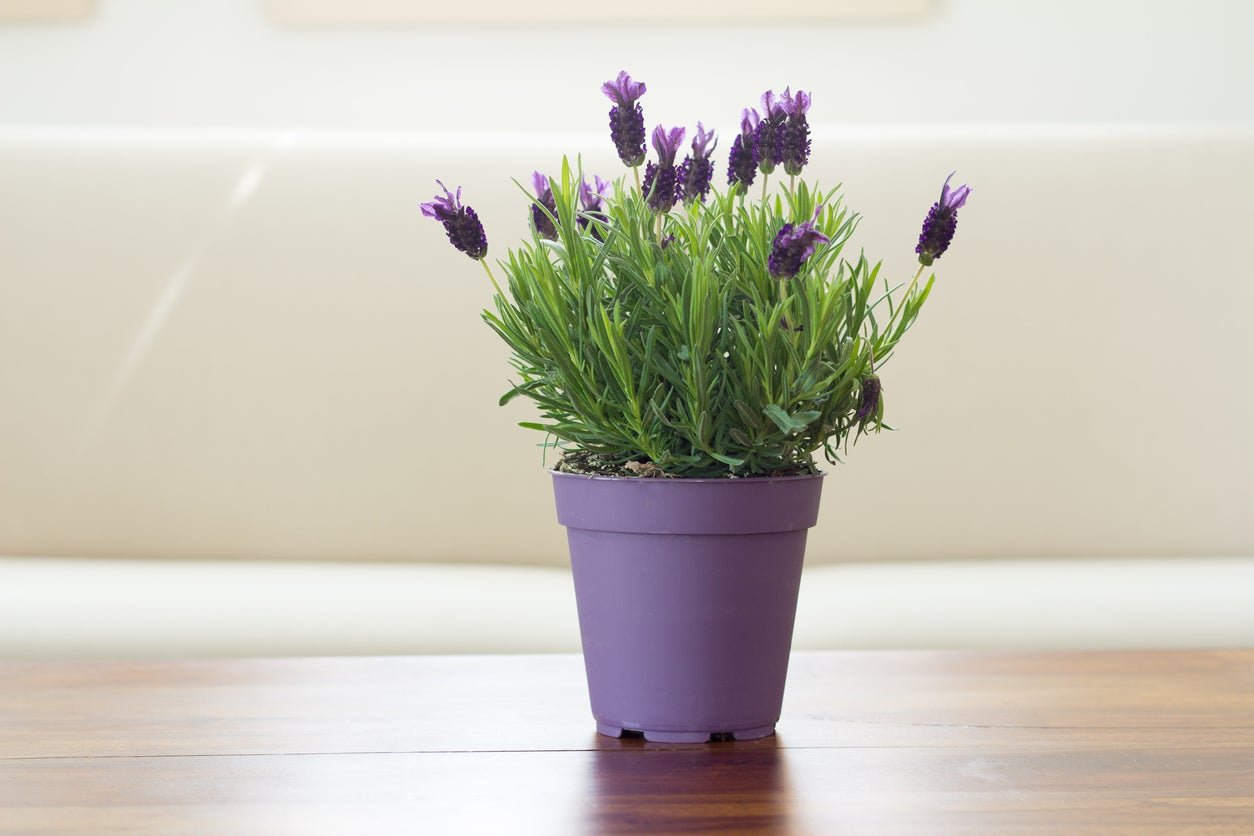
Better than a medicinal plant? Lavender, with its glorious flowers, not only makes any garden a stunning one but also has multiple physical and mental benefits. Grown in grow bags or propagated on the ground, this herb will give you beautiful flowers that can be utilized in many ways.
From sprinkling them on a salad to infusing them in lemonade or adding them to your diet, lavender provides both flavor and aesthetic. Yet its well-known attribute is its sweet smell, much like a sugar cookie, so that it is readily used in candles, incense sticks, and perfumes whose effect is that of relaxation. Originally indigenous to the Mediterranean hills and North Africa, lavender prefers well-drained ground and full sunlight. Apart from its beautiful smell and appearance, lavender flowers also yield essential oil with medicinal and cosmetic uses.
Its anti-inflammatory and antiseptic properties render it useful for treatment of bug bites and burns. In addition to this, lavender’s calming aroma is found helpful in sleep disorder, stress alleviation, managing anxiety, bringing relief from depression, and also other conditions pertaining to it.
8. Calendula
The Marigold, also known as the Calendula, is an attractive flowering cultivar sold in fairly attractive packets of seeds. It is easy to look after and will do well in a wide range of soils, providing it is sufficiently watered. Plant this medical herb in any good potting compost without fear. Other than its stunning orange flowers, the Calendula is also highly valued in the cosmetics world. Its external application can heal sprains, sore eyes, wounds, stings and so on, while its tea can be used in fevers, blood circulation and chronic infections. For its proper growth and flowering, it can be propagated in rectangular plastic trays.
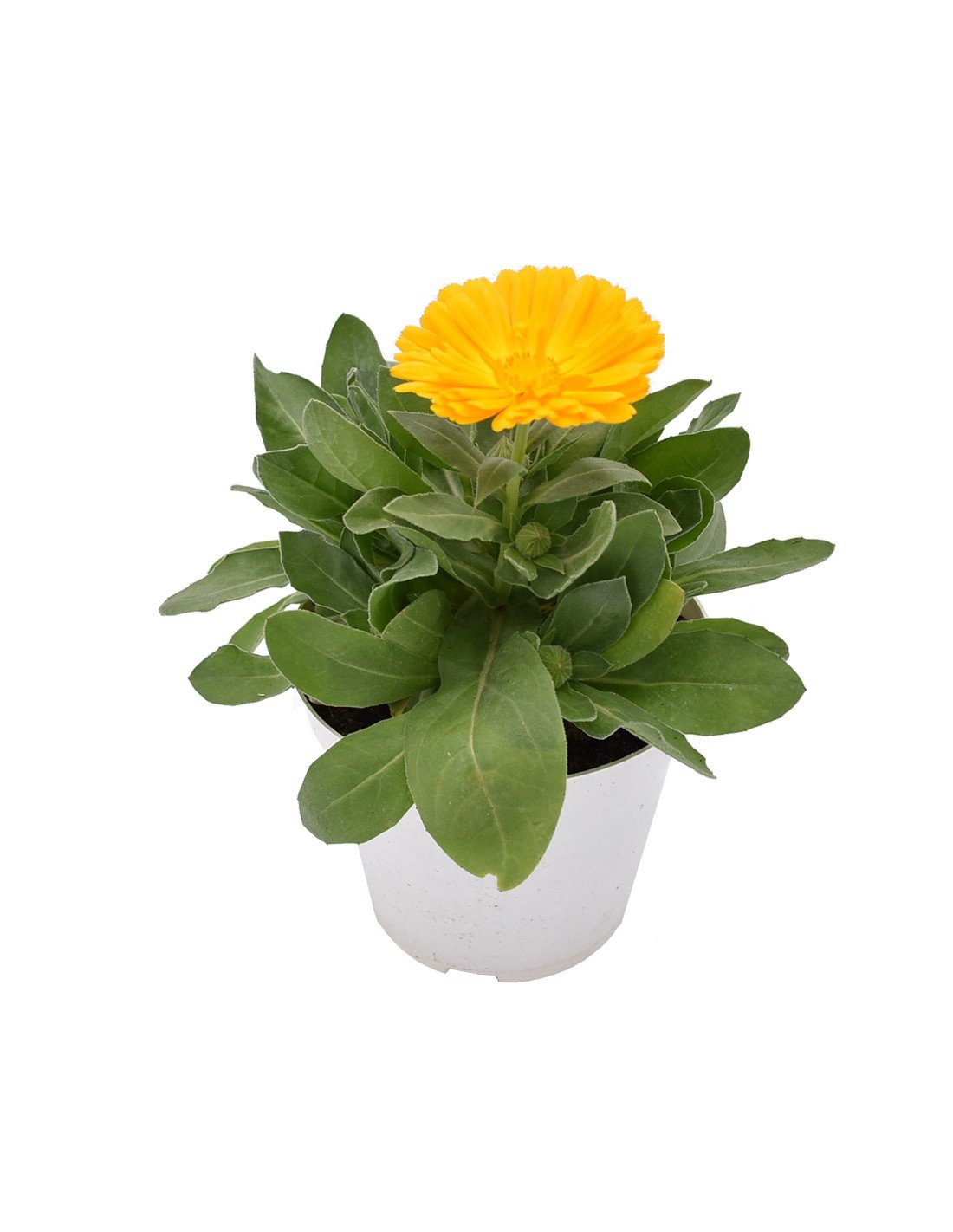
9. Solanum
It is a stout, highly branched shrub that ranges in height from 0.75 to 1.40 meters. The stem is spiny. Leaves are ovate, lobed, and prickly on both surfaces.
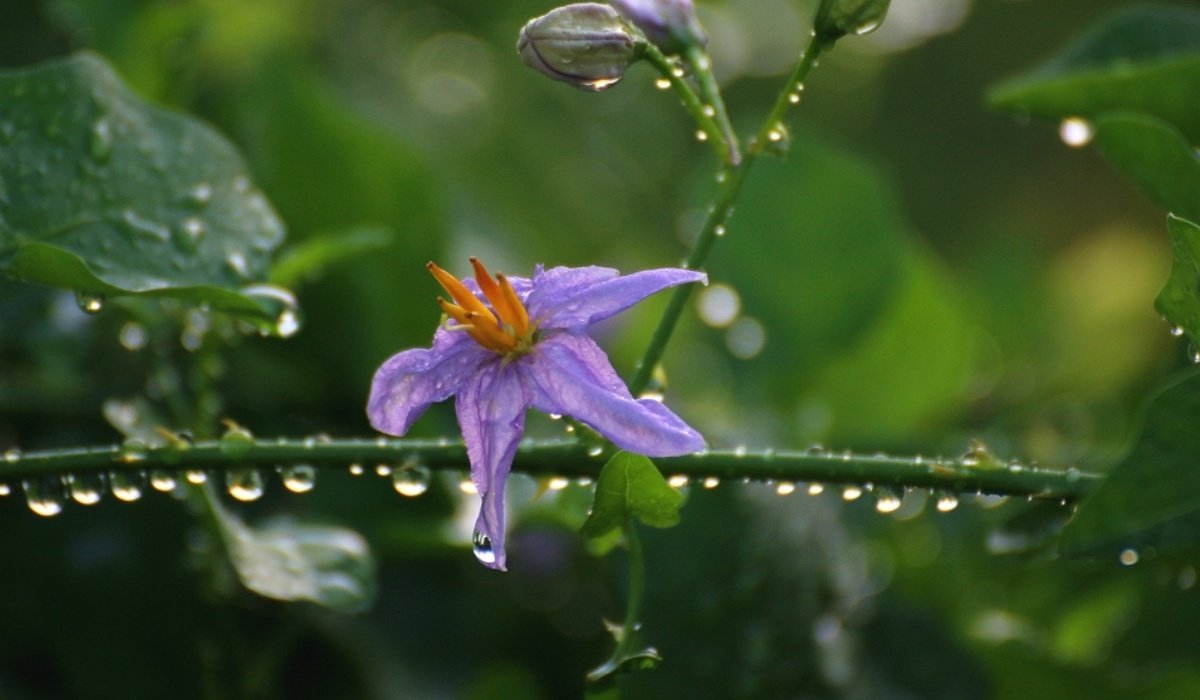
Benefits
- In the synthesis of steroidal hormones, solasodine is used to replace diosgenine.
10. Coriander Plant
They are also rich in lowering cholesterol levels and in the treatment of Alzheimer’s disease. They also ensure healthy liver function and help in maintaining normal bowel movement. They also have anti-inflammatory effects and may be used to treat mouth ulcers and arthritis. Additionally, with high antioxidant activity, they are very effective in the prevention of eye diseases and anemia.
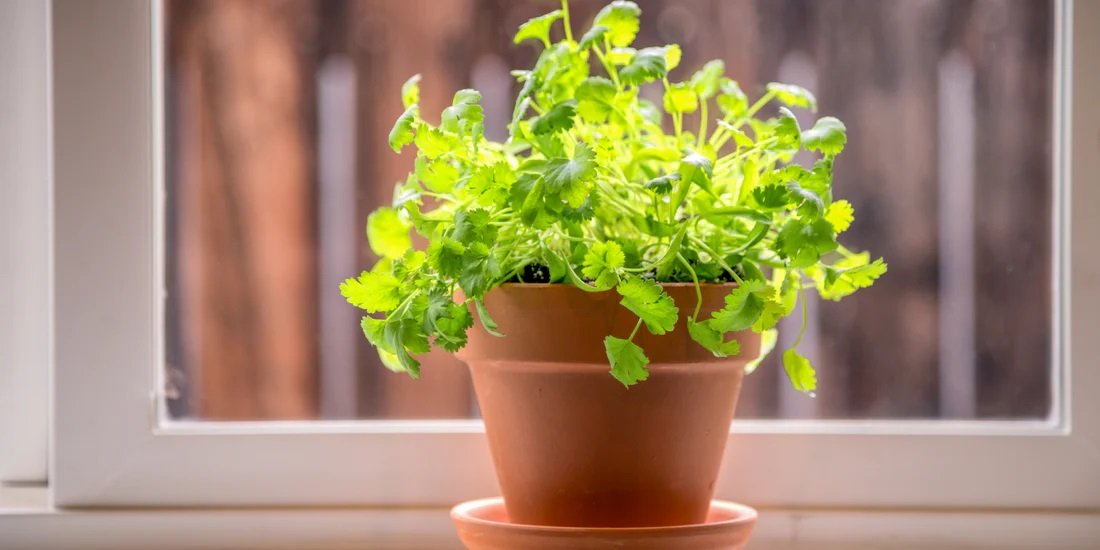
Benefits
- Bloating and gas symptoms can be alleviated with coriander.
- Antioxidants in coriander protect cells from damage and promote good health.
We have already discussed the Top 10 medicinal plants and their applications. You can enhance the health of your family and garden using these simple-to-grow Top 10 Medicinal plants. Most of the plants attract good insects, including bees, and guard fragile medicinal plants from harmful insects. In positioning medicinal plants, take into consideration where they require water, light, and temperature.

